In early 2024, lunar researchers made a groundbreaking discovery: a vast cave system just 250 miles from the legendary Apollo 11 landing site. This unexpected find has sent ripples through the scientific community, igniting fresh excitement for lunar exploration. The cave’s proximity to humanity’s first steps on the Moon connects past triumphs with future promise. Scientists believe this natural formation could hold clues to the Moon’s ancient history and potentially serve as a shelter for upcoming missions. The implications for sustainable lunar exploration are profound, making this discovery truly historic.
1. Discovery Made by Advanced Lunar Orbiters

The lunar cave was first spotted thanks to high-resolution imagery captured by advanced orbiters like NASA’s Lunar Reconnaissance Orbiter (LRO). Cutting-edge cameras and sensors aboard these spacecraft allowed scientists to detect subtle surface depressions and unusual shadows, hinting at hidden voids below. Technological advances in imaging and data analysis made it possible to identify features that earlier missions might have missed. This achievement underscores the crucial role of modern satellites in unlocking new lunar secrets.
2. Proximity to Apollo 11’s Historic Landing Site

Situated a mere 250 miles from the Sea of Tranquility—where Apollo 11 made its legendary landing in 1969—the newly discovered cave sits within the heart of lunar history.
This remarkable closeness invites direct comparisons between past and present exploration milestones.
As detailed by Smithsonian Magazine, the area’s enduring significance is now further enriched by this natural wonder, linking iconic achievements with future possibilities.
3. Geological Significance of Lunar Caves
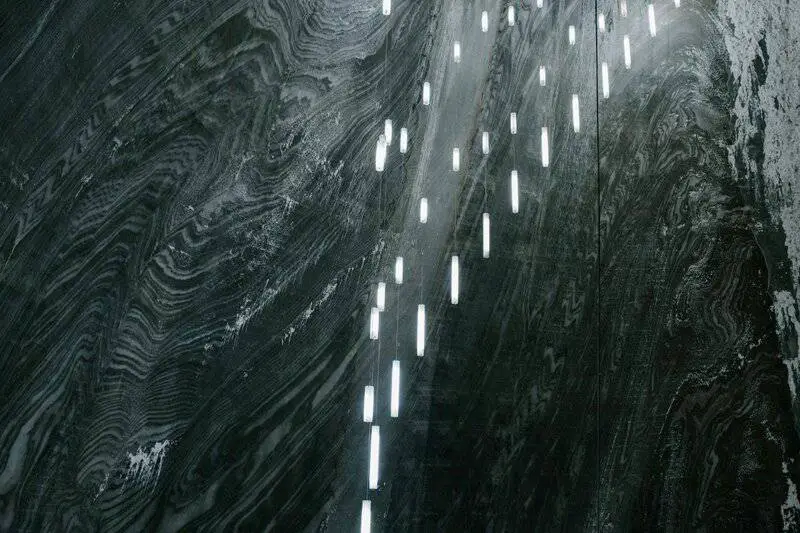
Lunar caves—many of which are believed to be remnants of ancient lava tubes—hold valuable clues about the Moon’s volcanic activity and geological formation. According to the USGS, these underground passages were formed when flows of molten rock created hollow tunnels beneath the surface. Studying such caves can reveal the Moon’s thermal history, its volcanic processes, and the evolution of its crust. Each cave, therefore, serves as a natural archive of the Moon’s dynamic past.
4. Natural Shelter from Cosmic Radiation

One of the most promising advantages of lunar caves is their potential to protect astronauts from hazardous cosmic and solar radiation. The Moon’s surface lacks an atmosphere, exposing explorers to constant radiation. As highlighted by Scientific American, the thick rock overhead in these caves could serve as a natural shield. This protective barrier offers a safer environment for both short-term missions and long-term lunar habitation plans, addressing one of the Moon’s greatest survival challenges.
5. Potential for Stable Temperatures

Unlike the Moon’s surface, where temperatures swing from blistering heat to freezing cold, the interior of a lunar cave could offer remarkably stable conditions. Research published in Nature suggests these subsurface environments may maintain near-constant temperatures. Such stability is crucial for future lunar habitats, as it reduces the need for complex thermal regulation systems and protects sensitive equipment. This discovery heightens the cave’s appeal as a potential base for astronauts.
6. A Step Closer to Sustainable Lunar Bases

The discovery of a lunar cave so close to Apollo 11’s site is a major leap toward sustainable lunar colonization. NASA’s Artemis program and international partners envision establishing permanent bases on the Moon. Natural caves could provide ready-made shelters, drastically reducing the resources needed to construct habitats from scratch. By utilizing these geological features, future missions may more easily achieve the dream of a long-term human presence on the Moon’s surface.
7. Reduced Need for Heavy Construction Materials
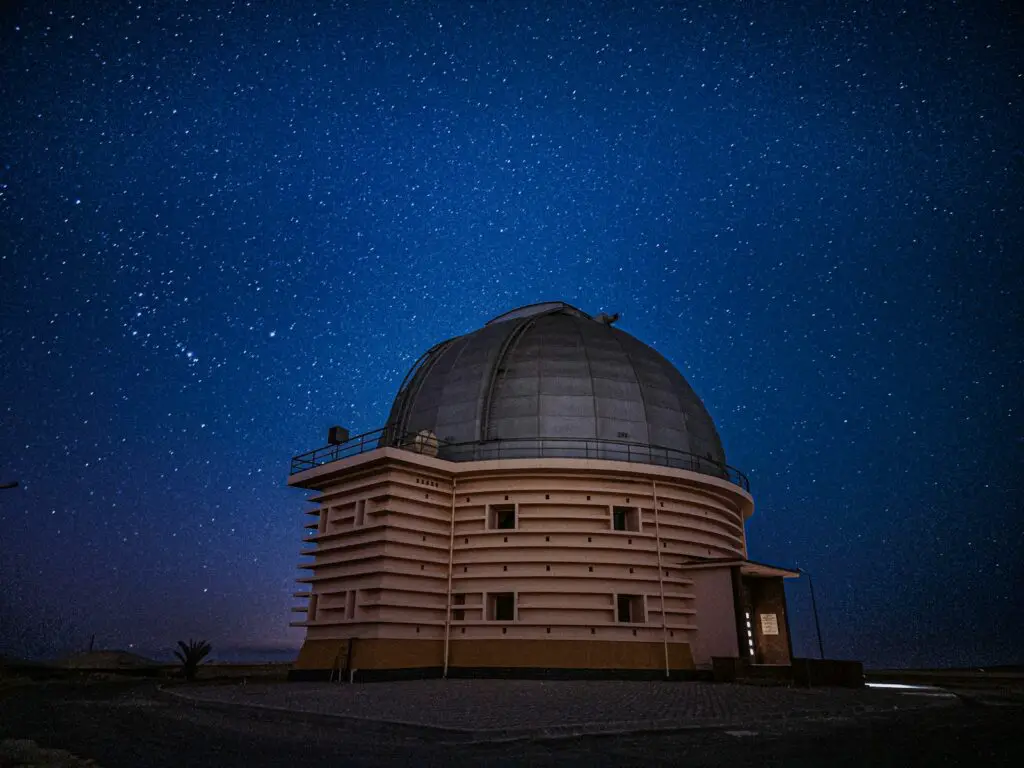
Utilizing natural lunar caves offers a practical solution to a major logistical challenge: transporting heavy construction materials from Earth.
As reported by Space.com, these caves provide immediate structural protection, reducing the need for bulky prefabricated shelters.
This approach could make lunar missions more cost-effective and sustainable, freeing up precious cargo space for scientific equipment, life-support supplies, and technology critical to exploration.
8. Unique Opportunities for Lunar Science
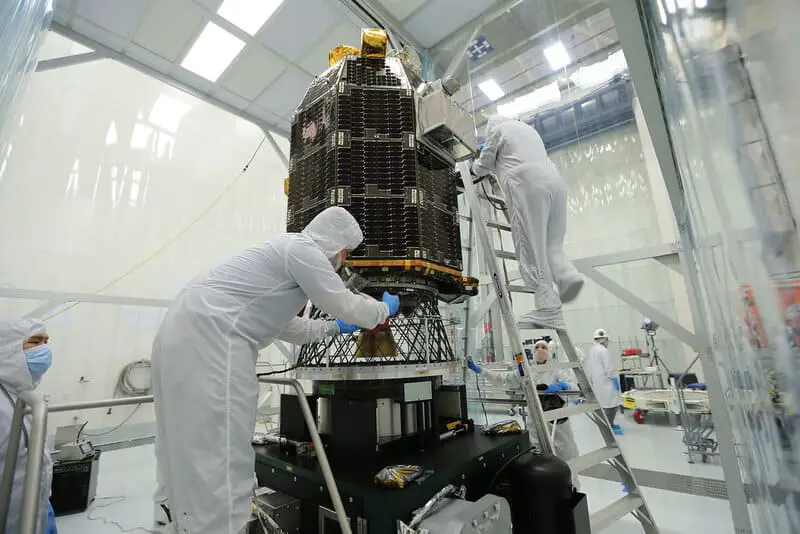
Lunar caves open up exciting new frontiers for scientific research.
As the European Space Agency notes, these environments offer chances to study untouched regolith layers and search for traces of water ice.
Experiments in such settings could reveal insights into the Moon’s formation and resource potential.
Similar to Earth’s lava tubes, lunar caves might also preserve records of past cosmic events, making them invaluable for planetary science.
9. Challenges in Accessing the Cave
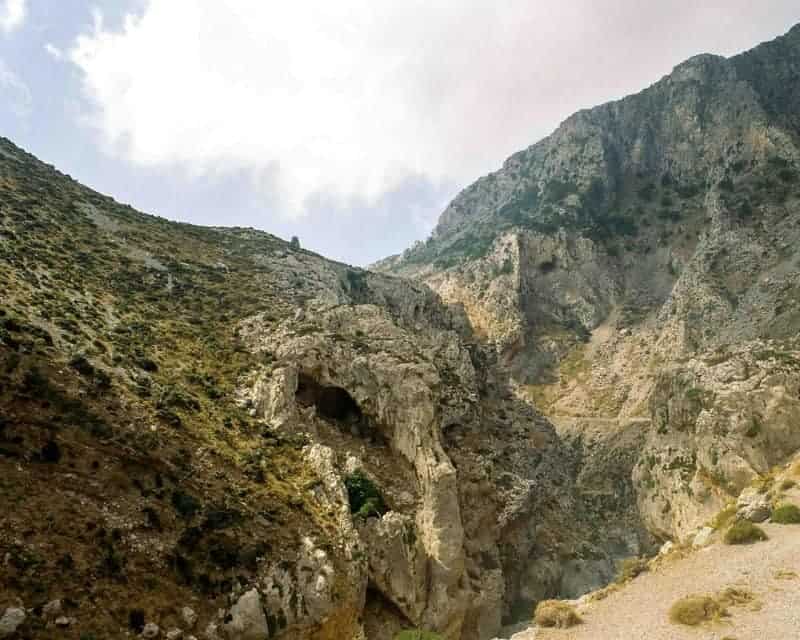
Despite their promise, reaching and exploring lunar caves presents significant hurdles.
According to IEEE Spectrum, steep cave entrances, unstable ground, and unknown interior conditions pose daunting engineering and logistical challenges.
Robotic scouts, advanced mobility systems, and specialized safety protocols will be essential to ensure safe entry and exploration.
Overcoming these obstacles is critical before astronauts can fully harness the benefits these caves offer.
10. Robotic Scouts Paving the Way

Before humans set foot inside lunar caves, robotic scouts and drones will play a vital role in mapping and assessing these mysterious environments.
Japan’s SLIM mission and similar initiatives are developing small, agile robots designed to navigate hazardous terrain and transmit detailed data back to Earth.
These robotic explorers will identify safe routes, measure environmental conditions, and uncover hidden features—laying the essential groundwork for future crewed missions.
11. Possible Evidence of Water Ice

The discovery of water ice at the Moon’s poles has fueled speculation that similar deposits may exist within lunar caves.
As noted in Nature Astronomy, hidden ice could be a game-changer for sustaining lunar expeditions.
If confirmed, these reserves could supply drinking water, oxygen, and even hydrogen for rocket fuel.
Such resources would be invaluable, greatly reducing the need to transport essentials from Earth and supporting long-term lunar presence.
12. Astrobiological Implications

Lunar caves may also advance our understanding of extremophile survival in harsh environments.
Studies published in Astrobiology Journal explore how life might persist in Martian lava tubes, raising parallels for the Moon.
While the Moon is currently lifeless, these caves could shed light on the limits of life and offer analogs for how organisms might endure in similarly extreme, airless worlds across the solar system.
13. Lunar Caves in Popular Imagination

Lunar caves have long captured the public’s imagination, appearing in science fiction novels and films as mysterious hideouts or outposts. As The Atlantic explores, these underground wonders often symbolize humanity’s quest for adventure and survival beyond Earth. From classic literature to modern cinema, the idea of exploring or inhabiting lunar caves continues to inspire curiosity about our place in the universe.
14. International Collaboration and Competition

The discovery of a significant lunar cave has intensified global interest in Moon exploration.
Agencies such as the European Space Agency (ESA), Russia’s Roscosmos, and China’s CNSA are all pursuing missions to investigate lunar caves.
This surge in attention could spark both new alliances and healthy competition, as nations race to unlock the Moon’s secrets.
Collaboration on these projects could accelerate breakthroughs, while rivalry may drive technological innovation in space exploration.
15. Testing Technologies for Mars

Lunar caves offer a unique environment to test technologies for future Mars missions.
From advanced habitats to robotic explorers, innovations trialed in the Moon’s lava tubes could be adapted for Martian conditions, where similar caves exist.
As detailed by NASA Mars Exploration, success on the Moon will inform the design of systems to support life and exploration deep beneath the Martian surface.
16. Environmental Preservation Concerns
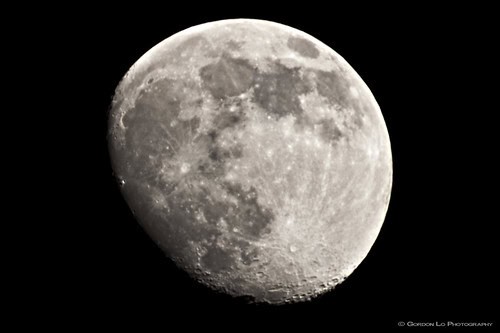
As interest in lunar caves grows, so do concerns about protecting these untouched environments.
Ethical questions arise about how to balance exploration and settlement with the need to preserve the Moon’s pristine geology.
A Science article highlights debates around contamination, irreversible changes, and the importance of careful stewardship.
Ensuring responsible exploration will be crucial as humanity prepares to enter and utilize these ancient lunar spaces.
17. Training Astronauts for Subsurface Missions
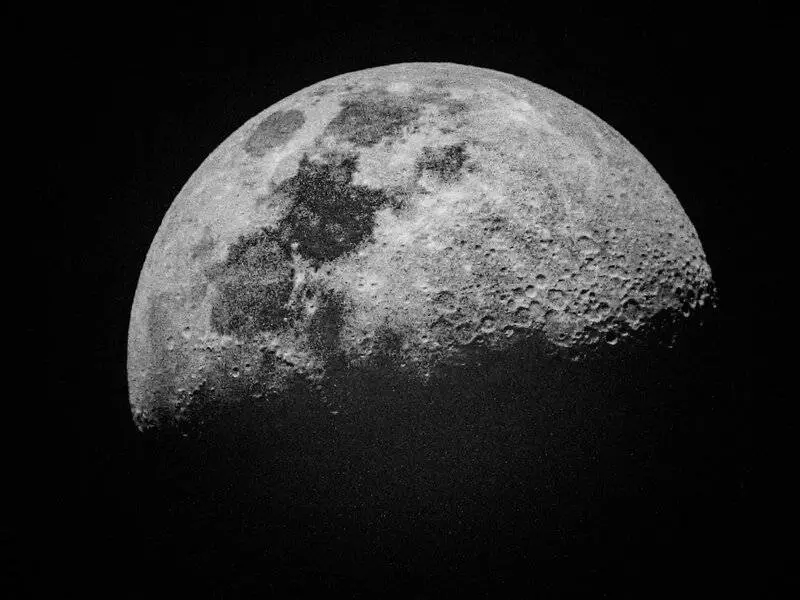
Astronauts are already preparing for lunar cave exploration by training in terrestrial lava tubes, such as those in Hawaii and Iceland.
ESA’s CAVES program immerses crews in underground environments to simulate lunar conditions.
These exercises teach vital skills—navigation, teamwork, and problem-solving—essential for subsurface missions.
Such hands-on experience is shaping the next generation of explorers, ensuring they’re ready for the unique challenges of lunar caves.
18. Lunar Cave Mapping and 3D Modeling
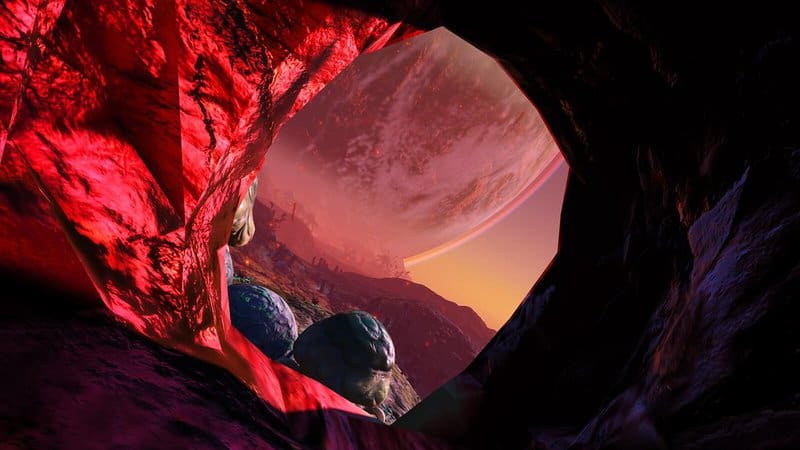
Accurate mapping and 3D modeling of lunar caves are critical for safe exploration and future habitat construction. Scientists are employing advanced tools like lidar and 3D scanning, as detailed in IEEE Xplore, to generate precise digital maps. These models reveal cave dimensions, structural stability, and potential hazards. Such detailed visualizations support mission planning, helping engineers select optimal locations for habitats and infrastructure deep within the lunar subsurface.
19. Communications Challenges Underground
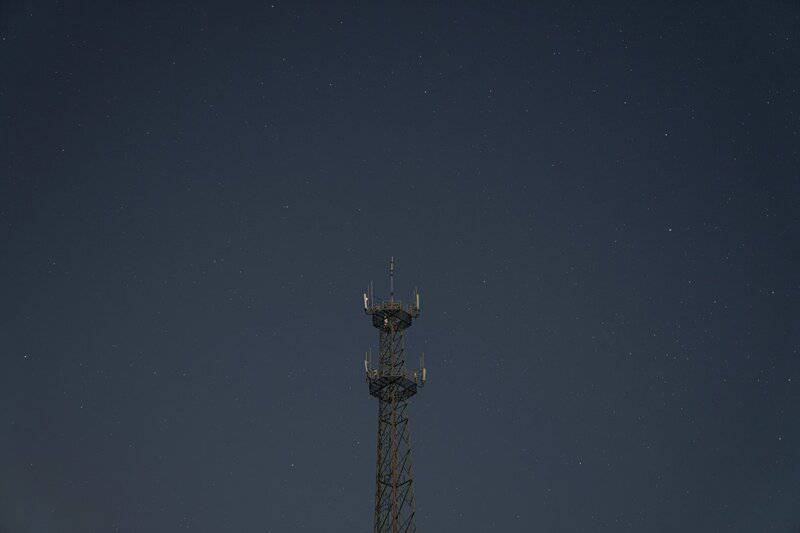
Maintaining reliable communications inside lunar caves presents a major technical hurdle.
Radio signals struggle to penetrate thick rock, limiting contact with surface teams and mission control.
According to MIT Technology Review, proposed solutions include deploying relay beacons and establishing mesh networks inside the caves.
Developing these robust systems will be vital for the safety and success of future subsurface missions.
20. Emergency Shelter Capabilities

Lunar caves could be lifesaving refuges during emergencies such as solar storms or equipment malfunctions.
As highlighted by Space.com, these natural shelters would offer immediate protection from radiation and extreme temperatures.
Having a secure sanctuary nearby could dramatically enhance astronaut safety, allowing crews to weather unforeseen hazards and continue their missions with greater confidence and resilience.
21. Inspiration for Future Lunar Missions

The discovery of the lunar cave near the Apollo 11 site is reshaping the ambitions of NASA, ESA, and private space partners.
As reported by NASA, this finding has inspired new mission concepts focused on lunar caves as exploration and habitation targets.
Renewed scientific curiosity and technological innovation are being channeled toward these underground frontiers, reigniting excitement for a new era of lunar discovery.
22. Next Steps for Exploration and Research
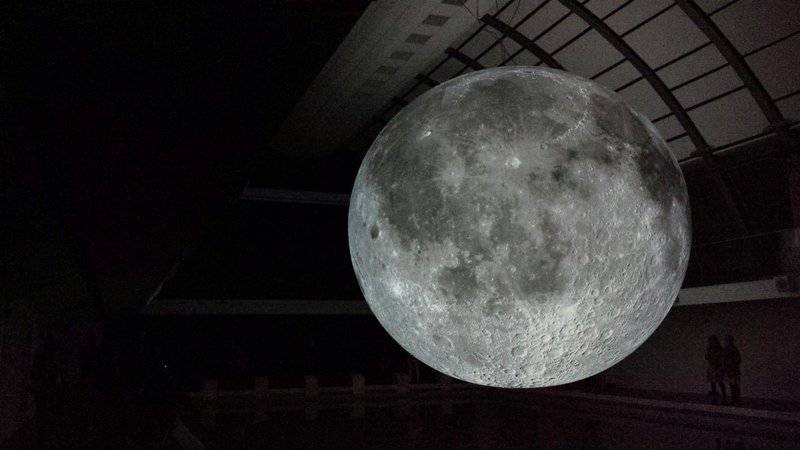
Looking ahead, multiple agencies are preparing robotic missions and technology demonstrations to investigate the lunar cave’s structure and resources.
According to Nature News, these efforts include international partnerships focused on detailed mapping, environmental analysis, and habitat feasibility studies.
Upcoming projects will refine landing technologies, test tools for subsurface construction, and deepen global cooperation.
Each step brings humanity closer to turning the Moon’s hidden caves into stepping stones for sustainable lunar settlement.
Conclusion

The discovery of a lunar cave just 250 miles from Apollo 11’s historic landing site marks a turning point in humanity’s relationship with the Moon.
This natural wonder promises new insights into lunar geology, critical shelter for explorers, and a foundation for sustainable bases.
As global partnerships and innovative technologies converge, the Moon’s hidden depths are set to become the next great frontier.
The legacy of Apollo inspires us to keep pushing boundaries—inviting all nations to explore, protect, and learn from our celestial neighbor.



Vielleicht interessiert es Sie:
Wussten Sie! Minensuchratten auf dem Schlachtfeld und sie sind super effektiv!
Wie viele Giraffenarten gibt es? Leben sie alle in Afrika?
Der Vogel ist das Weibchen der Vögel: wahr oder falsch?
Warum bauen Biber Dämme? Welchen Nutzen?
Warum leben manche Tiere nachtaktiv? Welche Vorteile?
Küssen Tiere? Ist das die gleiche Bedeutung wie Menschen?
200+ Hilarious Seahorse Jokes That Will Make You Smile and Giggle
200+ Funny Investment Jokes to Boost Your Financial Humor Game